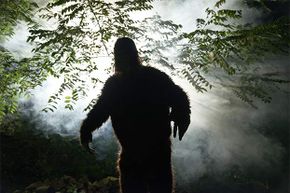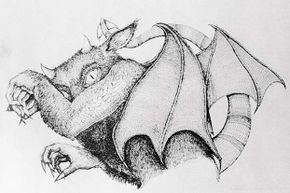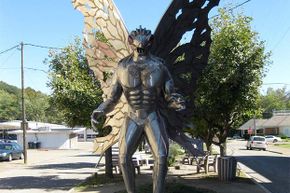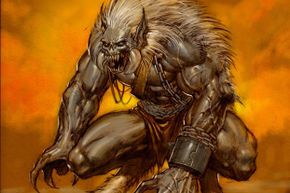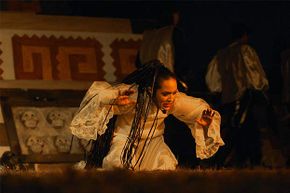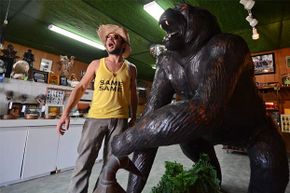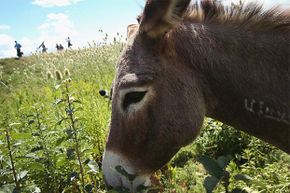Every culture around the globe creates mythical tales. And a lot of them involve scary creatures: Scotland's Loch Ness Monster, for instance or the Himalayans' Yeti, or Abominable Snowman. It's part of our human DNA.
But why is that? "We tell ourselves stories because we (humans) are storytelling animals," said Shira Chess, assistant mass media professor at the University of Georgia in a Washington Post article. "And, to that end, horror stories take on a specific significance and importance because they function metaphorically — the horror stories that are the best are often metaphors for other issues that affect our lives on both cultural and personal levels."
Advertisement
America is no exception to the horror story genre. There is a rich trove of tales thanks to Native American folklore coupled with that of ensuing immigrants. Many of the stories were created long ago, when presumably a lack of education, mass communication and critical thinking made such fables easier to believe. However, a surprising number have fairly recent origins, and don't seem to be going away. One on our list even began in the Internet Age. How many of these 10 monsters have you heard of – and do you believe in?
